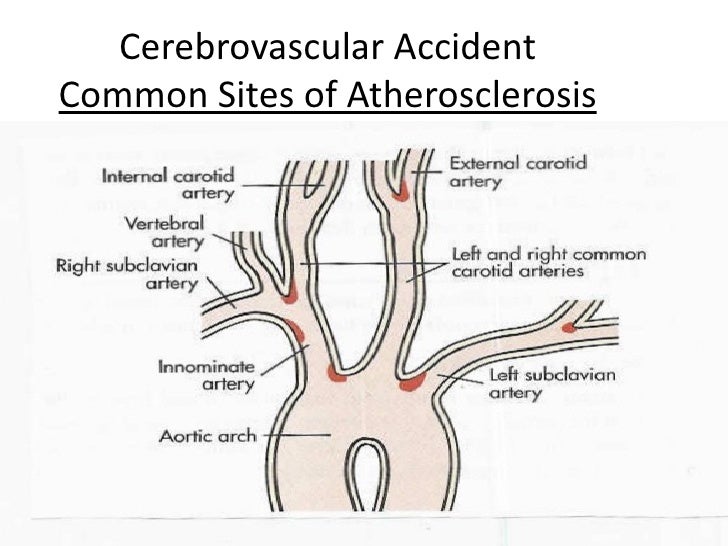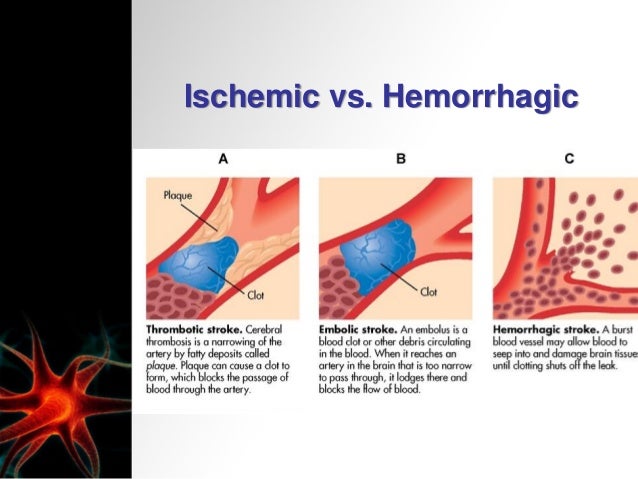[align=center][tabletext="width:849px;background-image:url('https://www.f-iraq.com/up/uploads/152734192424511.gif');"][cell="filter:;"][align=center]
[/align][/cell][/tabletext][/align][align=center][tabletext="width:849px;background-image:url('https://www.f-iraq.com/up/uploads/152734192432172.jpg');"][cell="filter:;"]
:“Brain Attack” means
Blood flow to the brain is totally interrupted-
*Etiology*
Atherosclerosis – Disease of the arteries; hardening and thickening of the arterial wall because of soft deposits of intraarterial fat and fibrin that harden over time
Common sites for the development of Atherosclerosis

Transient Ischemic Attack (TIA)
Transient ischemic attack (TIA) is a temporary focal loss of neurologic function caused by ischemia-
Most TIAs resolve within 3 hours-
TIAs are a warning sign of progressive cerebrovascular disease-
Types of Stroke
Strokes are classified based on the underlying pathophysiologic findings
Ischemic-
Hemorrhagic-

THE END..^^
[/cell][/tabletext][/align]
[/align][/cell][/tabletext][/align][align=center][tabletext="width:849px;background-image:url('https://www.f-iraq.com/up/uploads/152734192432172.jpg');"][cell="filter:;"]
:“Brain Attack” means
Blood flow to the brain is totally interrupted-
*Etiology*
Atherosclerosis – Disease of the arteries; hardening and thickening of the arterial wall because of soft deposits of intraarterial fat and fibrin that harden over time
Common sites for the development of Atherosclerosis

Transient Ischemic Attack (TIA)
Transient ischemic attack (TIA) is a temporary focal loss of neurologic function caused by ischemia-
Most TIAs resolve within 3 hours-
TIAs are a warning sign of progressive cerebrovascular disease-
Types of Stroke
Strokes are classified based on the underlying pathophysiologic findings
Ischemic-
Hemorrhagic-

THE END..^^
[/cell][/tabletext][/align]
